Fishing the River Mersey
The River Mersey is full of fantastic opportunities for anglers, whether it be fresh or salt water fishing. In this post we will concentrate on the sea fishing aspect, covering all the basics you will need to know.
River Mersey Floor Topography
The section below will cover the topography of the river bottom to help you better understand where to fish and why.
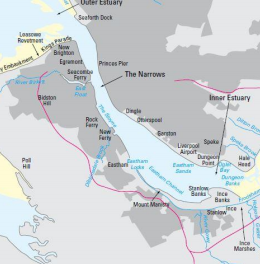
As the river passes Runcorn it opens out into its widest stretch, which is 3 miles across near Ellesmere Port. From this point it gradually narrows as it gets between Liverpool city centre and Birkenhead, its around 0.7 miles across here. As the river begins to narrow its depth begins to increase as it creates a deep channel, its depth varies due to land factors and tides.
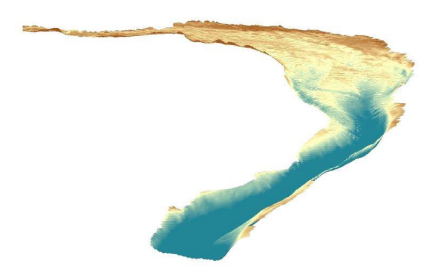
The Mersey empties into Liverpool Bay which is part of the Irish Sea. Its tidal range is 4 metres (13.1 ft) on neap tides to 10 metres (32.8 ft) on spring tides. The Mersey has the second highest tidal range in Britain and on occasions can have a tidal bore.
Where to fish and why
Otterspool Promenade straight through to the estuary end at New Brighton are the best places to fish for saltwater species, both round and flat. You are able to fish further up the estuary but are only likely to catch flat fish species, such as Flounder or Eels etc. This is due to the depth and also water salinity levels reducing leaving only fish adapted to survive in brackish water.
There are numerous different venues where you can fish the River Mersey, each has its own merits. Given the River Mersey is extremely tidal you have to take into consideration the tide times. Some of these fishing marks can be fished straight through but you will find most can only be fished at high or low tide. That said some can be fished at both states of the tides, this is usually a couple of hours either side of high and low. The rest of the time is spent waiting for the tide to come in or retreat further. An example of this is the Town Hall Steps mark on the Wirral side. You are able to fish several hours either side of high tide from the promenade. When the beach is uncovered you can fish into the Mersey channel at low tide.
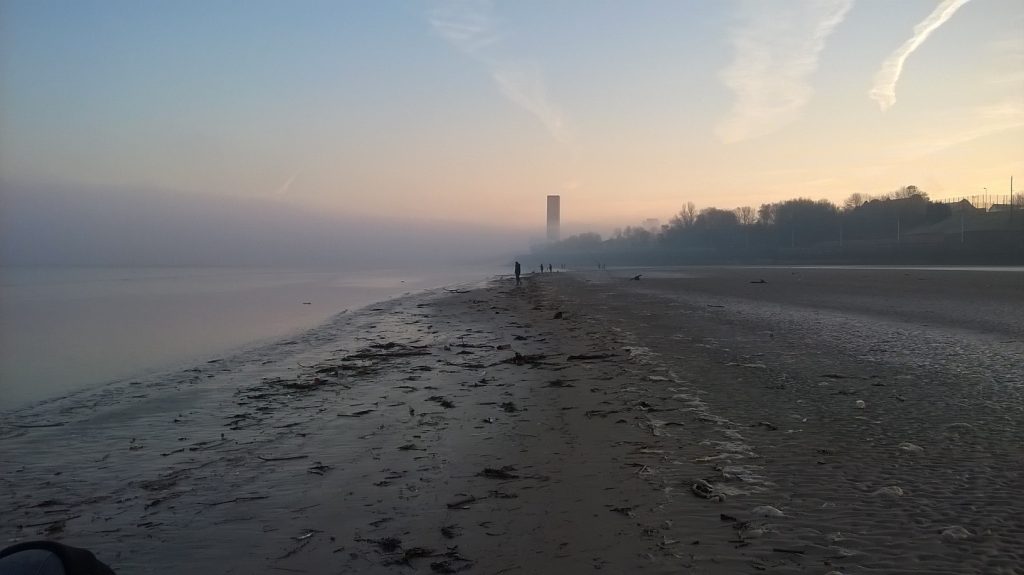
The bottom of the river Mersey has different kinds of ground to fish on. Sandy / silty beaches, boulder strewn stretches or directly on top of mussel beds. Each mark contains it own ground, depths and challenges. Knowing what you are fishing onto can help you target specific fish species (the crabs will find you). Again taking the above factors into consideration you also have the seasons that affect fishing. This is due to winter and summer species coming and going such as Cod or Smoothhounds for example. At several times during the year the fishing can become poor in between these periods.
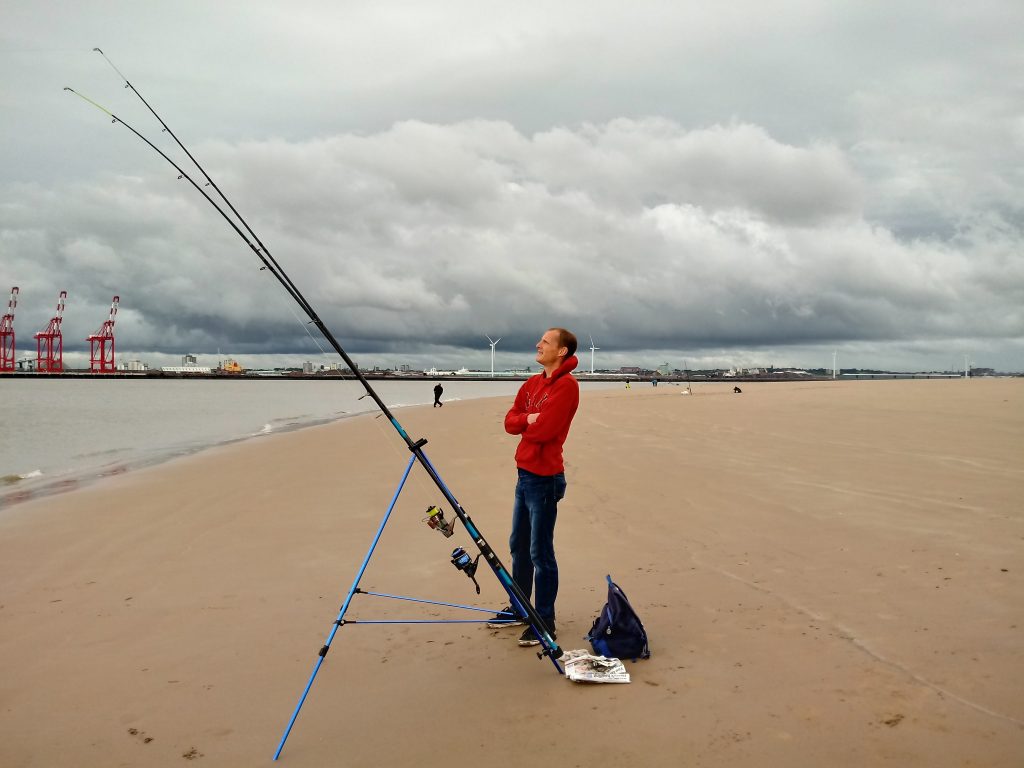
Check out our Mersey venue pages for more information if you plan on fishing the river Mersey. They have information on specific fishing marks and how to get there.
Fish Species
The River Mersey was once known as one of the countries most polluted rivers. Luckily for us anglers that has all changed and the River offers some of the best UK sea fishing. The species now frequenting the Mersey seems to be increasing the cleaner it becomes. Salmon have been seen after years of absence.
Flounder – flat fish that is available all year round, usually resident to the Mersey. Will take most bait especially Lug worm.
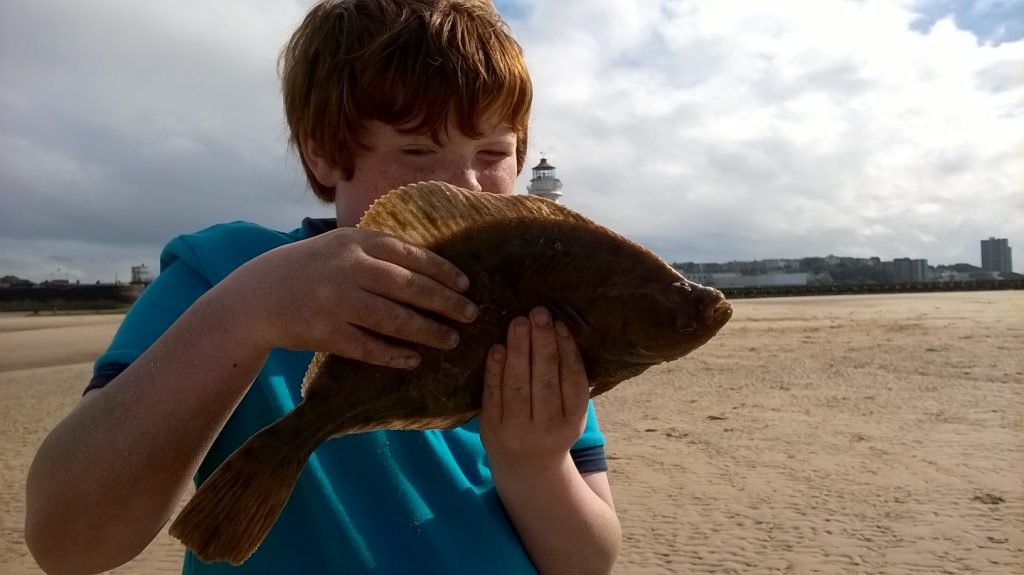
Plaice – available during late spring, summer and autumn. Worm baits work well.
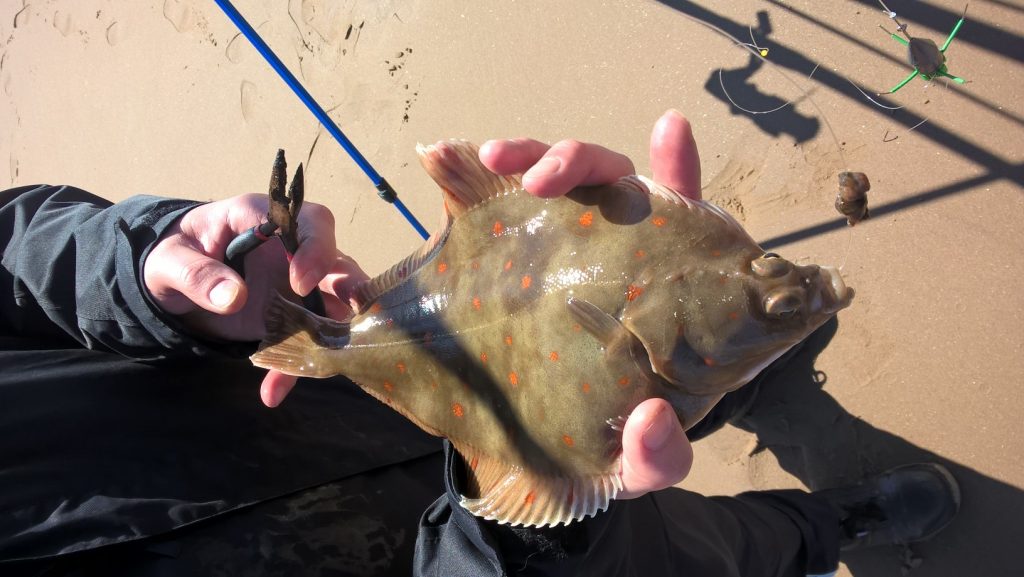
Dab – flat fish that is available all year round, usually resident to the Mersey. Will take most bait especially Lug worm
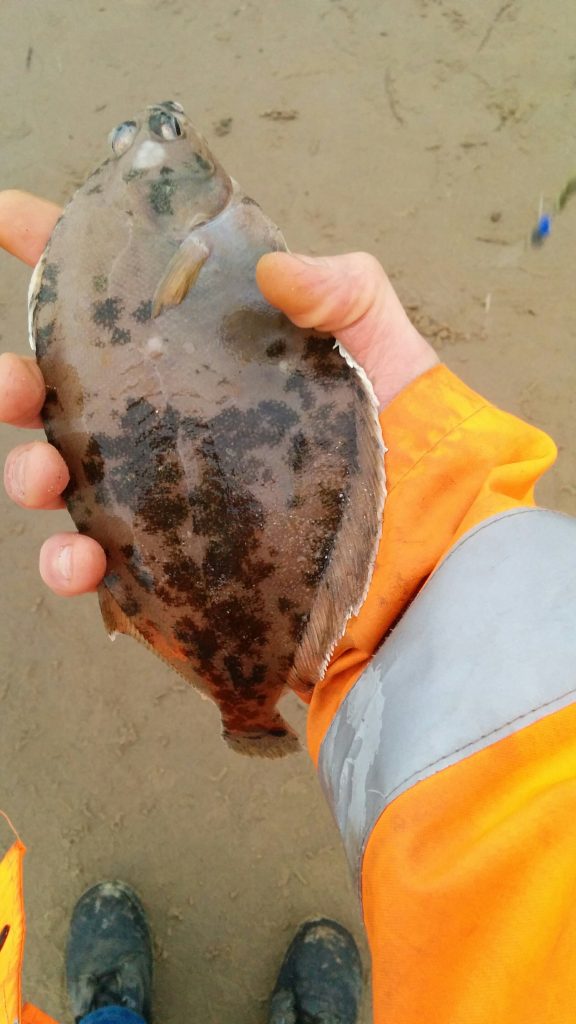
Sole – flat fish that tend to around during the warmer months. Worms baits will work best.
Conger Eel – A resident fish available all year round. Big Fish and squid baits work best. Try fishing at slack water near walls or structures.
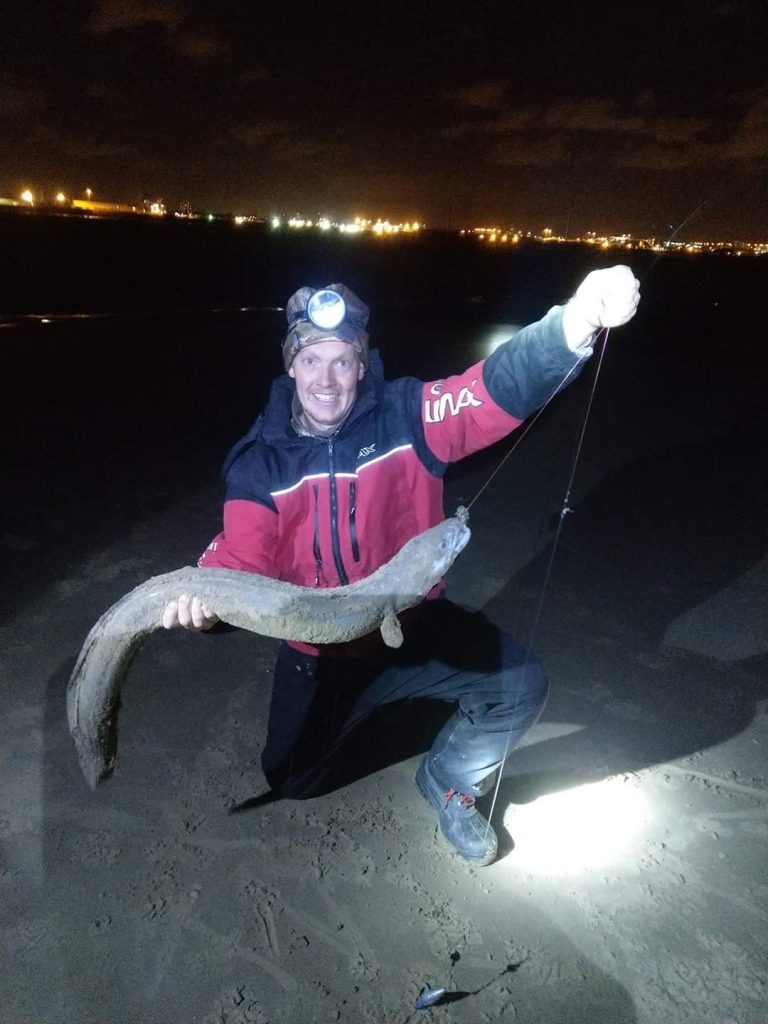
Whiting – classic round fish, available just before, during and just after winter. However some do stick around all year. Any bait will do, they tend to find your bait before the intended target.
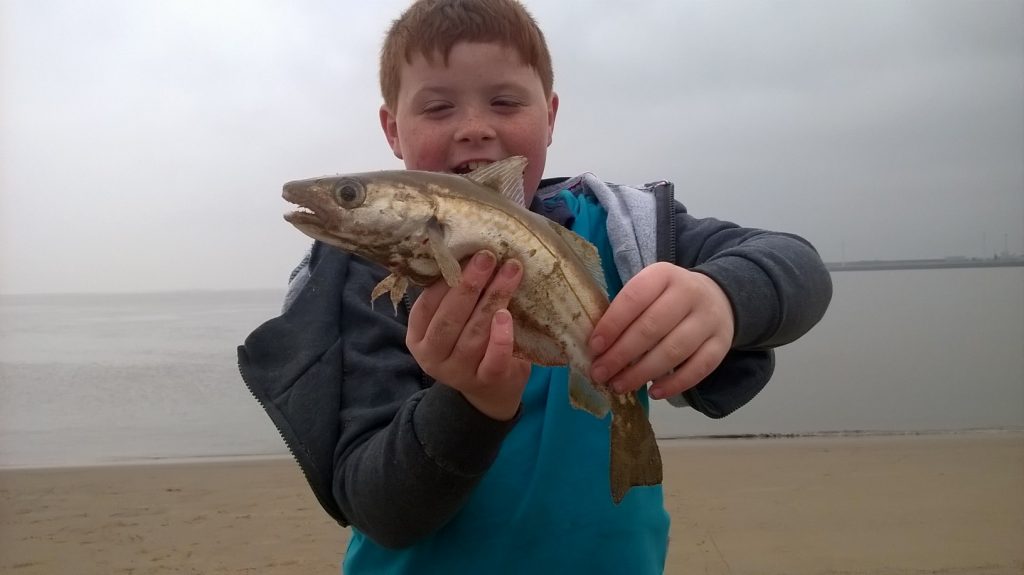
Cod / Codling – available from late October to Mid February. Most baits work well including cocktails.
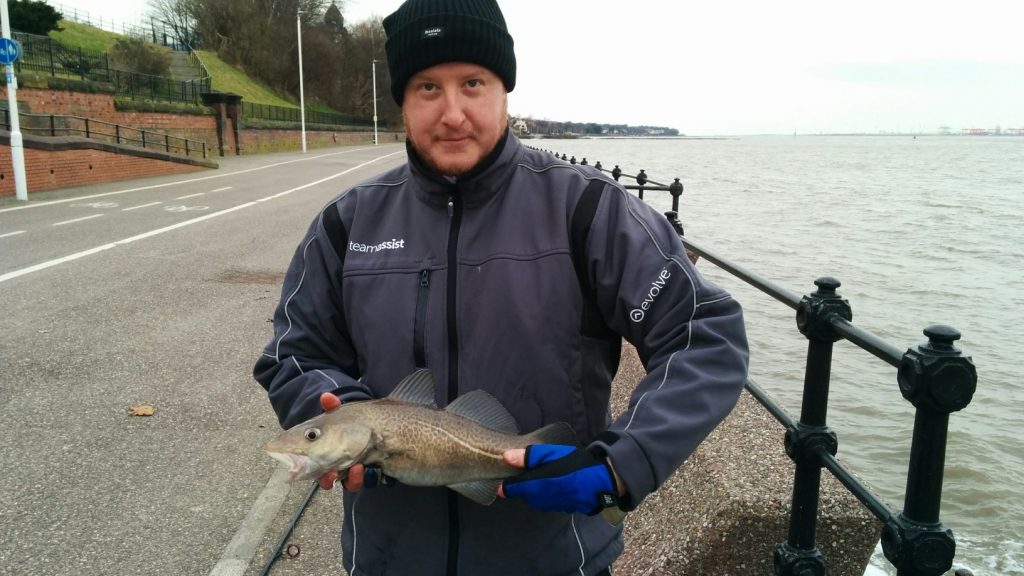
Rockling – available year round but in higher numbers during the winter months. Will take most small baits.
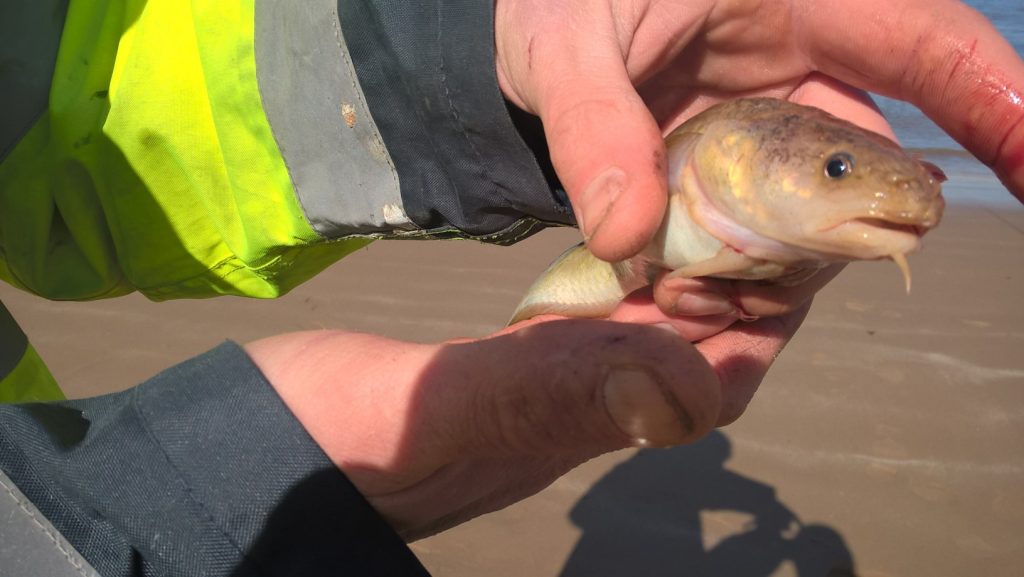
Smoothhound – available mid May through to Mid September. Crab, preferably peeler works best, squid failing that.
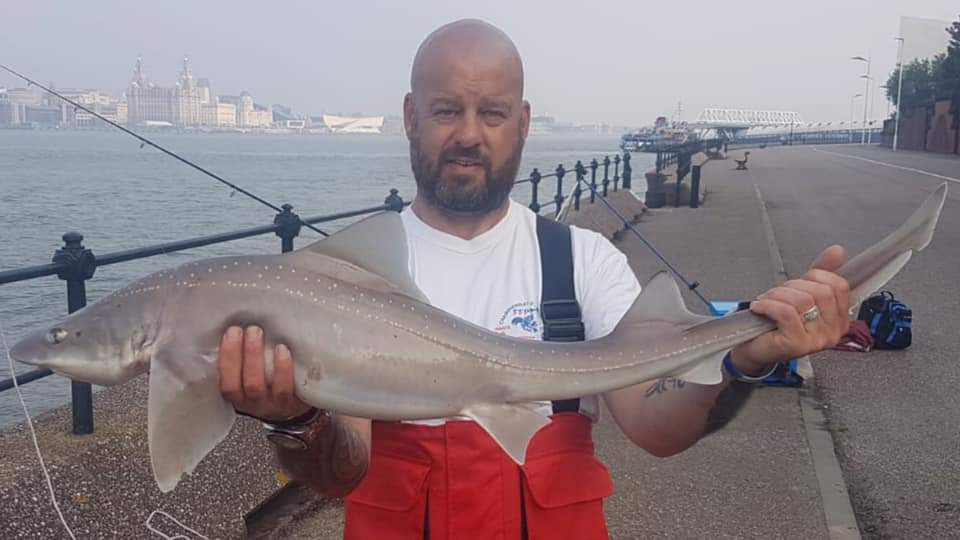
Thornback Ray – available most of the year, rare in winter. Fish and squid baits work well, Sandeel works great.
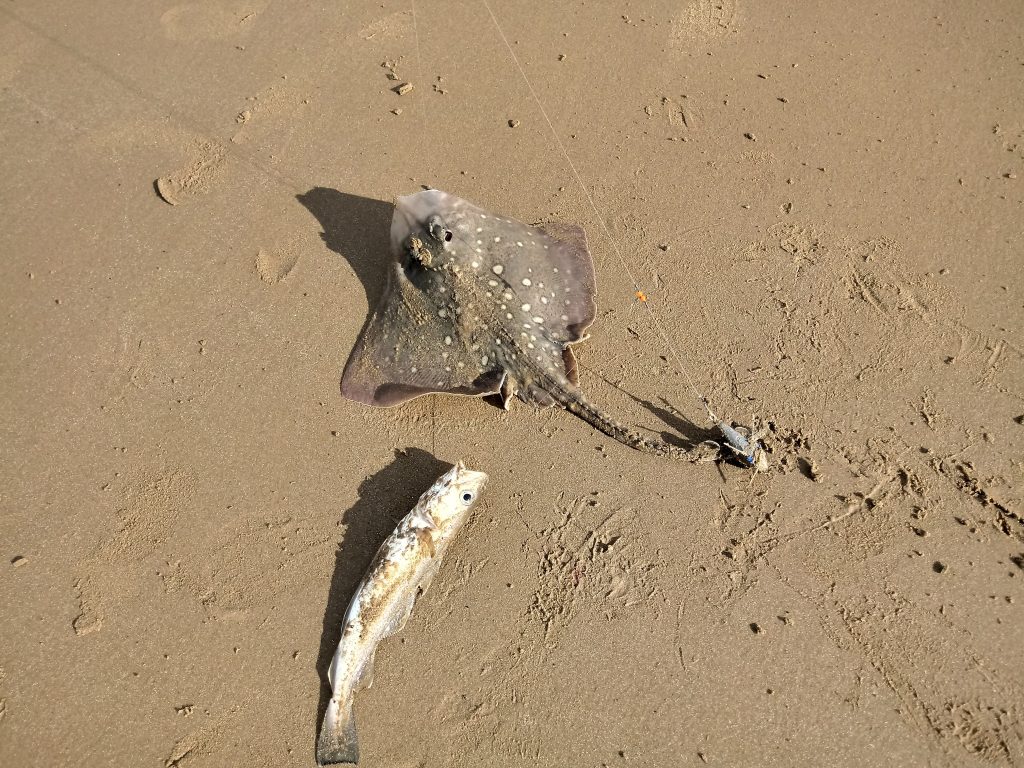
A great fishing tackle and bait shop is Bonners which can be found at 114 Victoria Rd, New Brighton, Wallasey, CH45 2JF. Phone ahead for fresh bait as it goes out as quick as it comes in on 0151-638-0883. There is also a good selection of frozen baits in store. Plus anything else you need for fishing in the area.
River Mersey fishing is definitely some of the best in the country in my opinion, its diversity continually increasing.
Check out our online shop at www.halenfishing.co.uk Terminal tackle of all types and sizes, if you can’t see it just ask and we will try and stock it. Check out the the home page on here for any promo codes.
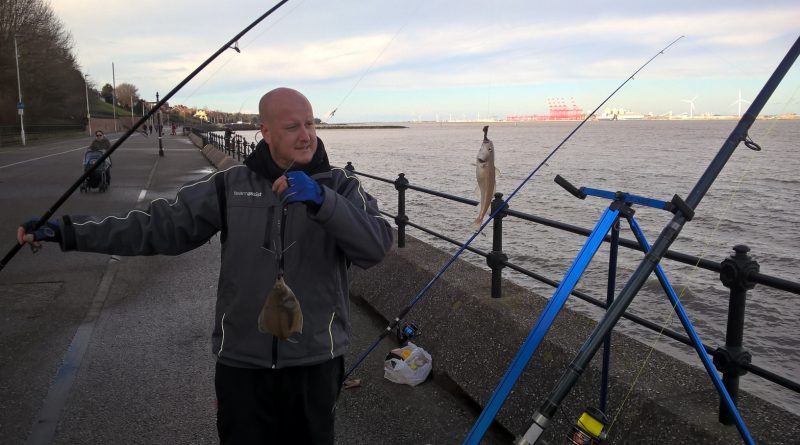
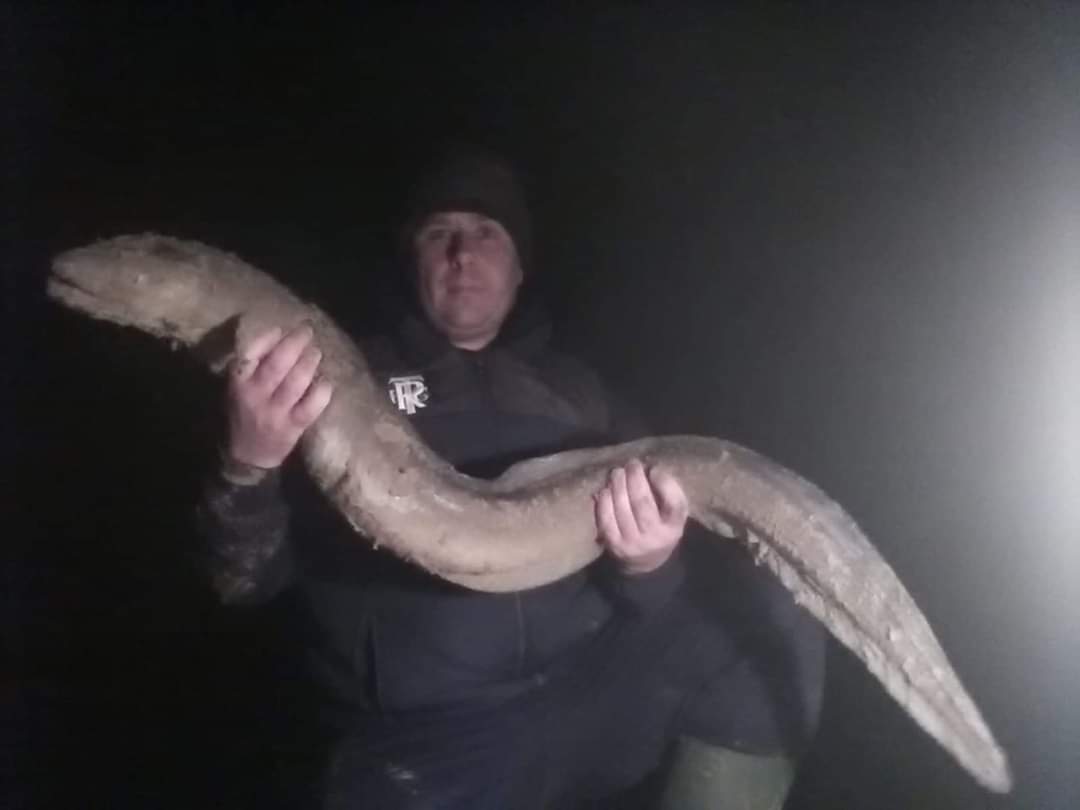
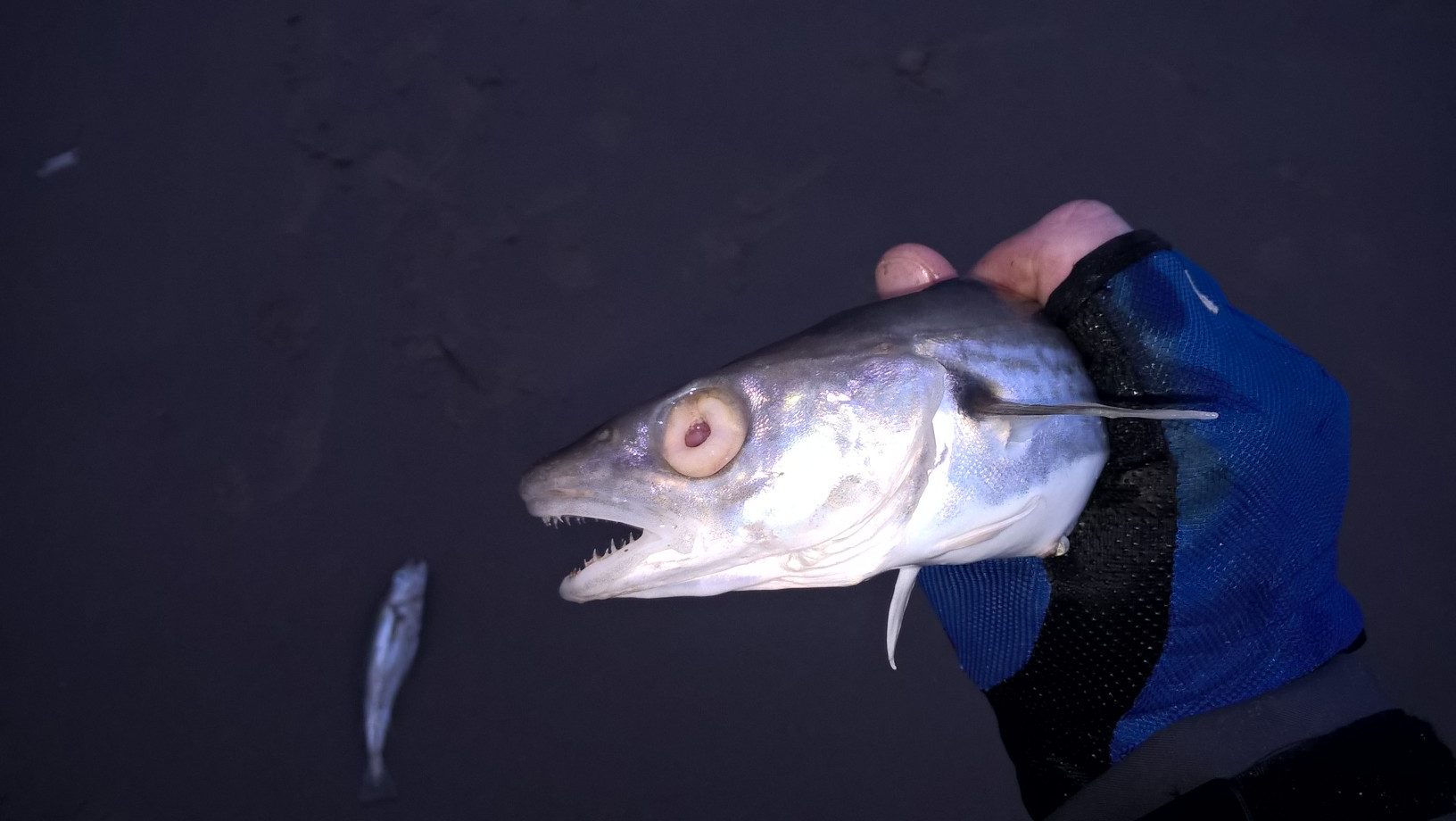
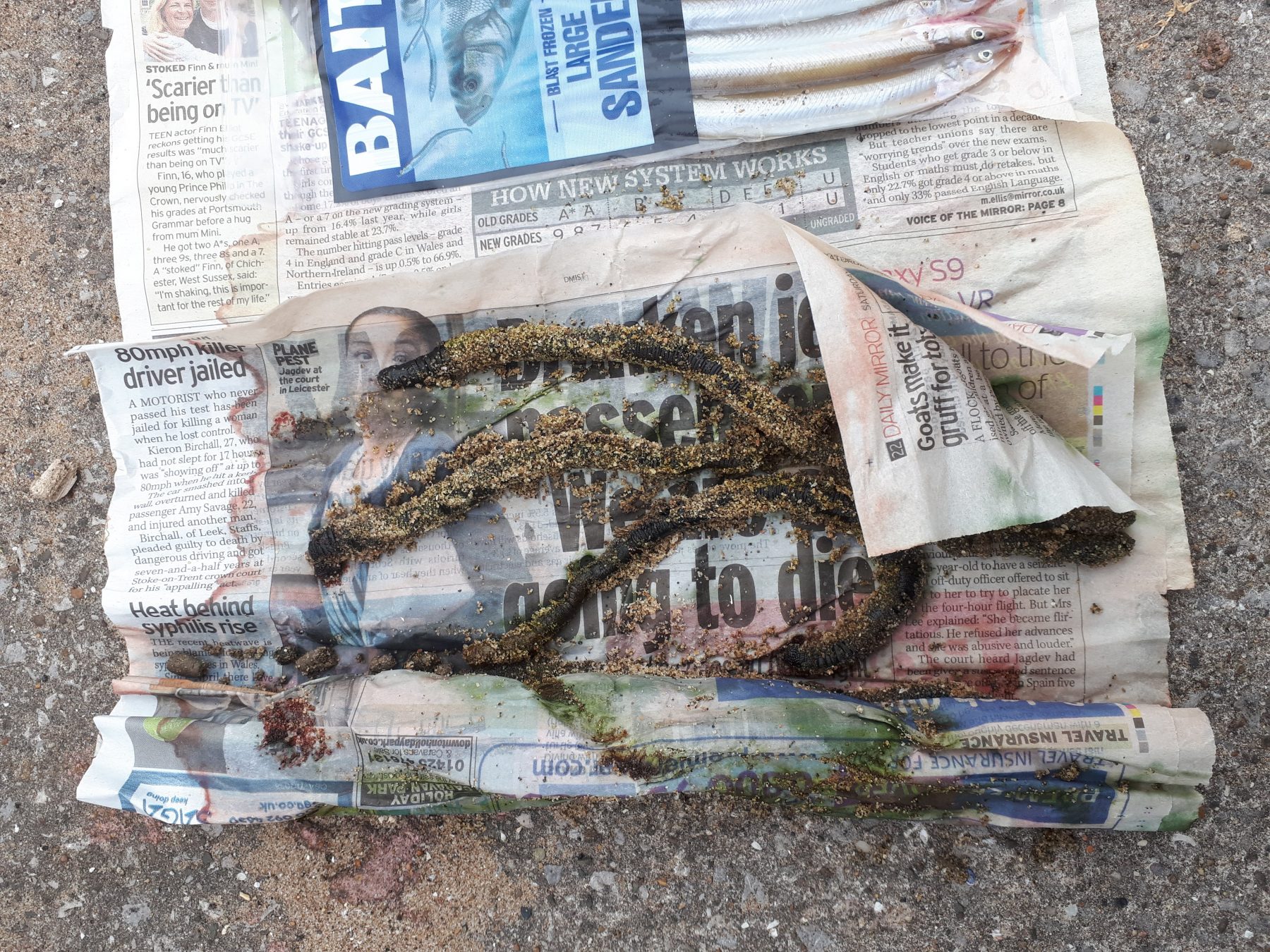
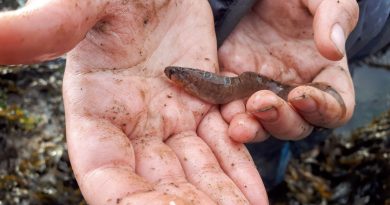
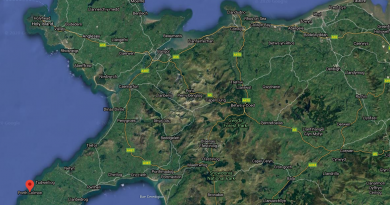
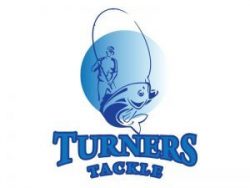
Hi I’m a full time wheelchair users and I’m wanting to fish the Mersey otterspool can you please tell me what size tides to fish and what size not to fish please